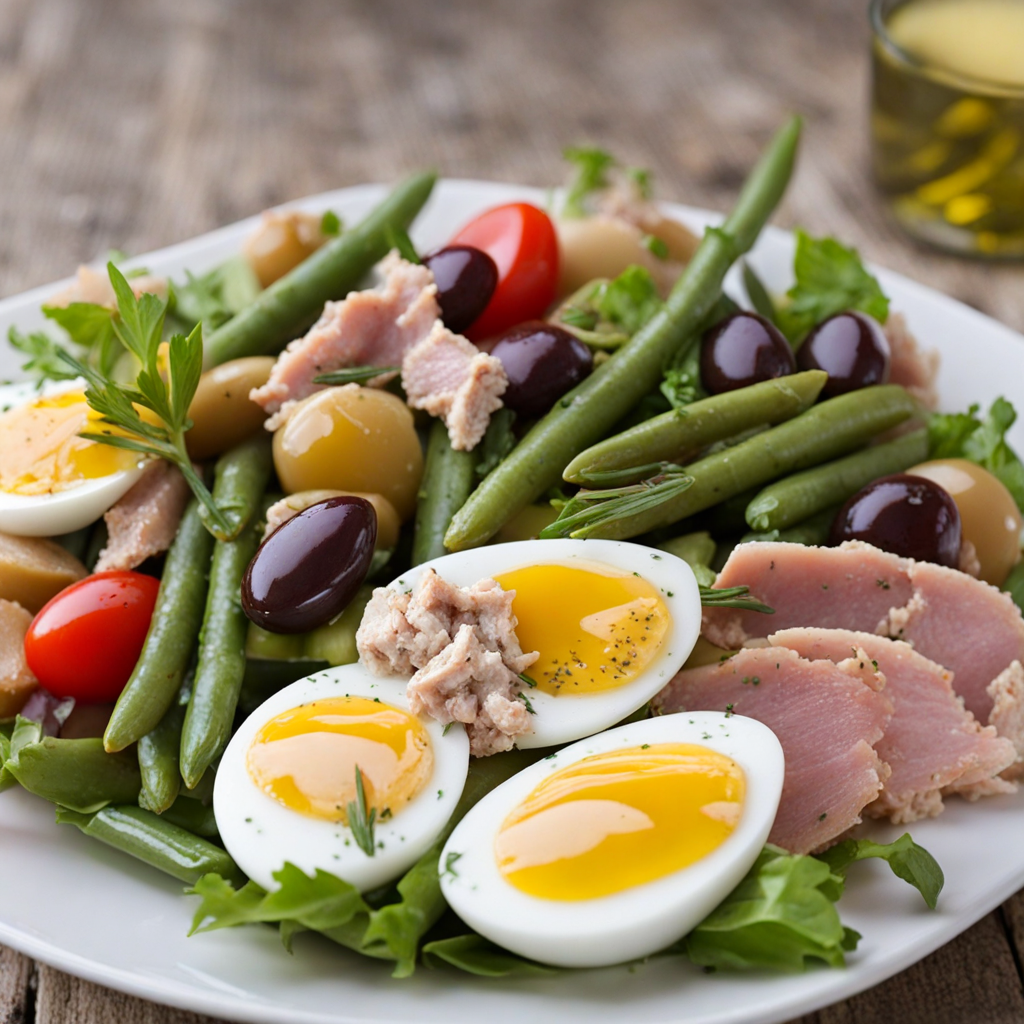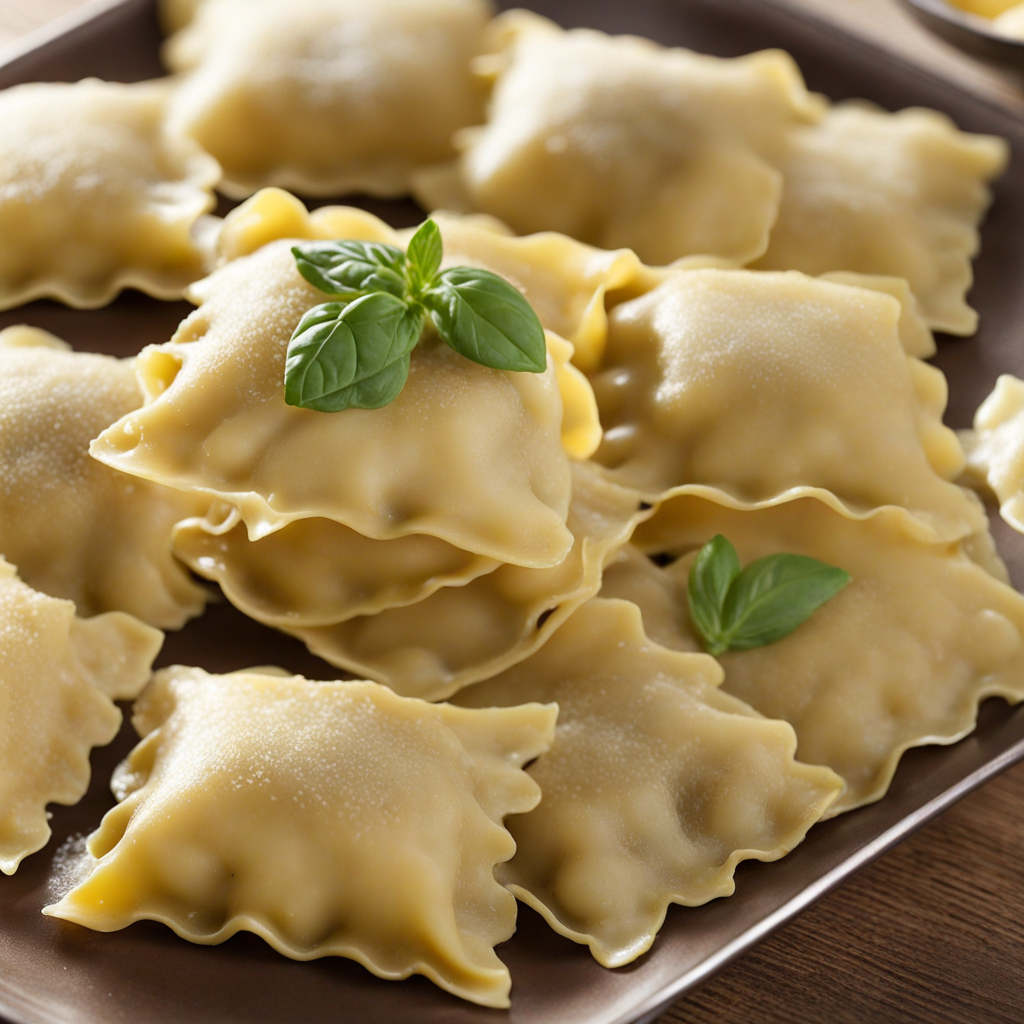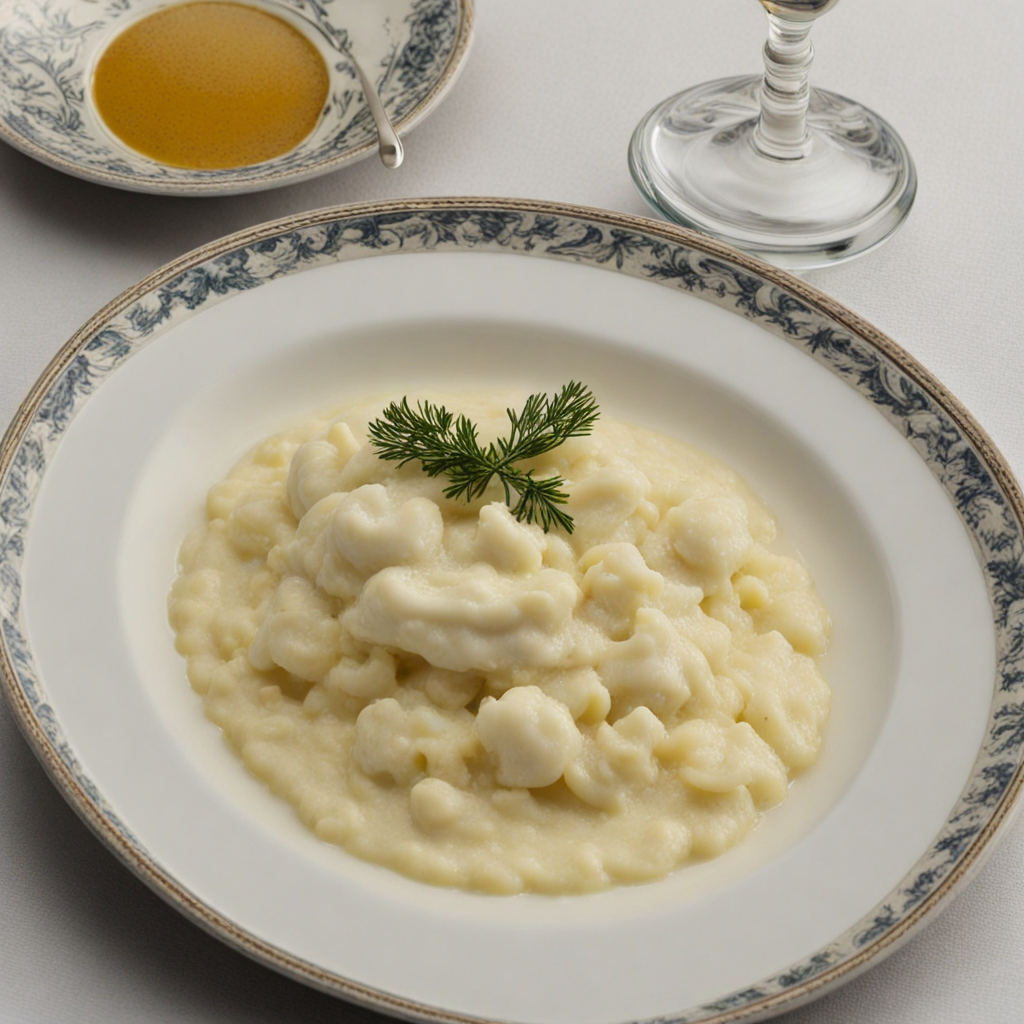Salade Niçoise
Salade Niçoise is a vibrant and refreshing dish that hails from the sunny Mediterranean region, often associated with the charming streets of Nice in France, but also embraced in Monaco's culinary scene. This salad is a delightful medley of flavors and textures, typically featuring crisp greens such as romaine or butter lettuce, which serve as the perfect base. The addition of ripe tomatoes, green beans, and slices of hard-boiled eggs brings a burst of color and nourishment, creating a feast for both the eyes and the palate. Each ingredient plays a vital role, contributing to a harmonious balance that makes the salad both satisfying and light. One of the standout features of Salade Niçoise is the inclusion of high-quality tuna, which can be served either fresh or canned. The rich, meaty flavor of the tuna complements the freshness of the vegetables, while briny olives and sometimes anchovies add an umami depth that elevates the dish. The dressing, often a simple mixture of olive oil, vinegar, and Dijon mustard, ties everything together with its tangy brightness, enhancing the natural flavors without overwhelming them. This combination creates a refreshing yet hearty dish that is perfect for warm days or as a light meal any time of the year. Finally, what sets Salade Niçoise apart is its versatility; it can be customized based on personal preferences and seasonal ingredients. Some variations might include capers, artichokes, or even potatoes, allowing for creativity while retaining the core essence of the dish. Each bite encapsulates the spirit of the Mediterranean, transporting you to sun-drenched shores and inviting you to savor the simplicity of fresh, quality ingredients. Whether enjoyed in a casual bistro or prepared at home, Salade Niçoise offers a taste of Monaco's culinary heritage that is both comforting and exhilarating.
How It Became This Dish
The History of Salade Niçoise: A Culinary Gem of Monaco Salade Niçoise, a vibrant and hearty salad, is a dish that embodies the sun-kissed flavors of the Mediterranean, particularly the French region of Provence. Its roots, steeped in history and culture, can be traced back to Nice, a picturesque city on the French Riviera, which has long been a melting pot of diverse culinary influences. Although often associated with Monaco due to its proximity, the salad is intrinsically linked to the vibrant traditions of Nice and the surrounding areas. #### Origins: A Taste of Nice The origins of Salade Niçoise can be traced back to the 19th century, although its ancestry stretches even further into the past. The region's culinary traditions reflect a blend of Italian and French influences, owing to its proximity to Italy and its historical ties with the Kingdom of Sardinia. The ingredients used in the salad are emblematic of the Mediterranean diet, emphasizing fresh, seasonal produce and the use of local herbs and olive oil. Traditionally, a simple version of the salad would have consisted of the basic ingredients available to local fishermen and farmers. These included tomatoes, hard-boiled eggs, olives, and anchovies, which were staples in the diet of the people living along the coast. The use of seasonal vegetables reflects the local agricultural practices, where fresh produce was abundant. The earliest versions of the salad likely did not include the more modern components like tuna or bell peppers, which are now often associated with the dish. #### Cultural Significance: A Dish of the People Salade Niçoise is more than just a salad; it is a symbol of the cultural and culinary identity of the region. It represents the spirit of the Mediterranean lifestyle—fresh, vibrant, and communal. The salad encapsulates the essence of the Provençal ethos, where food is not merely sustenance but a means of bringing people together. In the late 19th and early 20th centuries, as Nice became a popular destination for tourists, particularly the English aristocracy and wealthy Europeans, Salade Niçoise gained more recognition beyond its local roots. The dish began to appear on menus in hotels and restaurants catering to this new clientele. It was during this time that the salad started to evolve, incorporating ingredients that appealed to the tastes of visitors. This was a period of culinary exploration, where local dishes were adapted and transformed to suit a broader audience. #### Development Over Time: From Tradition to Modernity As the 20th century progressed, Salade Niçoise continued to evolve. The traditional recipe began to include variations that reflected global culinary trends and the availability of ingredients. Most notably, the inclusion of tuna became widespread, particularly canned tuna, which provided a convenient and protein-rich addition to the dish. This adaptation was influenced by the growing popularity of tuna fishing in the Mediterranean, as well as the burgeoning food preservation methods that made canned goods accessible to a wider population. The traditional preparation of Salade Niçoise has also seen a shift. While the classic version might have included simple, rustic presentation, modern interpretations often emphasize artistry and plating. Chefs began to experiment with the arrangement of ingredients, utilizing techniques such as sous-vide for the eggs and incorporating microgreens for visual appeal. Today, Salade Niçoise is often a centerpiece of Mediterranean cuisine, celebrated for both its taste and aesthetic presentation. Moreover, the salad's adaptability has led to various interpretations around the world. In the United States, for instance, chefs have taken liberties with the traditional recipe, adding ingredients such as avocado, corn, or even quinoa, reflecting contemporary dietary preferences and trends toward health-conscious eating. #### Culinary Debate: The "True" Salade Niçoise Despite its popularity, the preparation of Salade Niçoise has sparked debate among culinary purists and modern chefs alike. Traditionalists argue that the salad should only contain specific ingredients—tomatoes, green beans, hard-boiled eggs, olives, and anchovies—while others advocate for the inclusion of tuna and bell peppers. This contention underscores the salad's significance as a cultural icon; it is not merely a dish but a representation of regional identity and culinary heritage. In 2013, the French National Assembly even sought to protect traditional French cuisine by promoting specific recipes, including Salade Niçoise, to preserve their authenticity. This initiative highlighted the importance of such dishes in French culture and the desire to maintain culinary traditions in the face of globalization and culinary fusion. #### Salade Niçoise Today: A Celebration of Heritage Today, Salade Niçoise is celebrated both in its traditional form and in modern interpretations around the world. It can be found in upscale restaurants, casual cafes, and home kitchens alike. The salad has transcended its origins and become a favorite in many culinary repertoires, symbolizing the Mediterranean lifestyle and the importance of fresh, local ingredients. As the world becomes increasingly interconnected, the story of Salade Niçoise reminds us of the importance of culinary heritage. It invites us to explore the flavors and traditions of a region, connecting us to the land and its people. Whether enjoyed on the sunlit terraces of Nice, at a bistro in Paris, or at home with friends, Salade Niçoise remains a dish that celebrates the joy of eating and the bonds we share through food. In conclusion, the history of Salade Niçoise is a rich tapestry woven from the threads of culture, tradition, and evolution. From its humble origins in Nice to its status as a beloved dish around the globe, it reflects the dynamic nature of food and its ability to bring people together. As we savor each bite of this Mediterranean delight, we partake in a long-standing tradition that continues to inspire and connect us across generations.
You may like
Discover local flavors from Monaco







